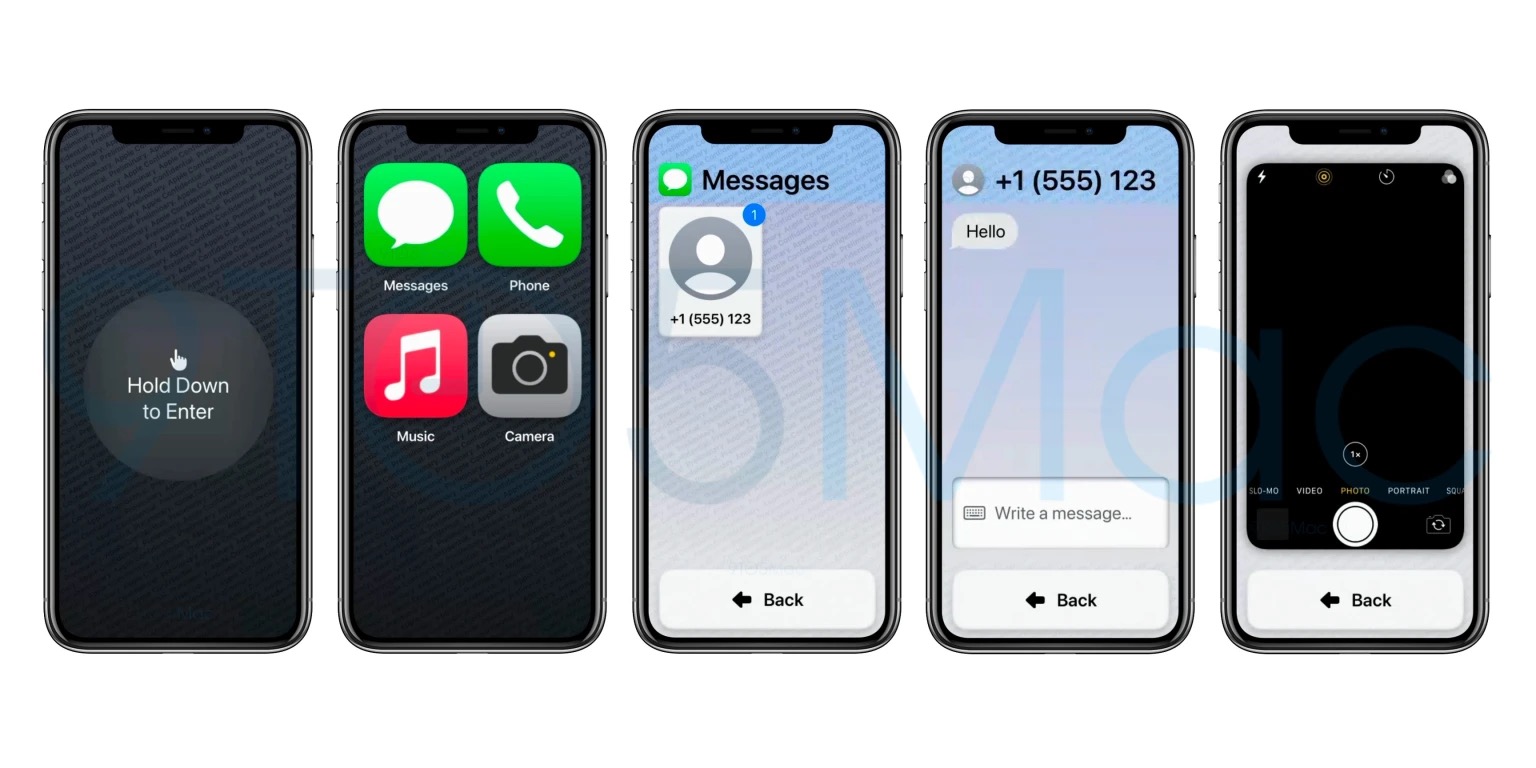
Apple is working on a new "Custom Accessibility Mode" for iPhone and iPad, according to evidence uncovered by 9to5Mac in the second iOS 16.2 developer beta.

Image credit: 9to5Mac
Apple released the second betas of iOS 16.2 and iPadOS 16.2 to developers on Tuesday, including camera bug fixes, support for 5G in India, a Medication widget, and references to the new Custom Accessibility Mode, which 9to5Mac found "under the hood."
Within those references, Apple describes the new mode as offering "a customizable, streamlined way to use your iPhone and iPad," although how the feature works isn't completely clear, as it is not yet enabled for developers to test.
That said, screenshots suggest the new mode will allow users to replace the typical Lock Screen and "Springboard" Home Screen with more accessible UI elements, as well as remove the Dock, set much larger app icons, larger hardware interface elements, allowed contacts, and a simpler interface for Messages.

Image credit: 9to5Mac
Given the dearth of references, it's not certain that the Custom Accessibility Mode will go live with the release of iOS 16.2. Apple could be just laying the groundwork, with the feature still in the early stages of development. For everything else in the second beta of iOS 16.2, be sure to check out our roundup of changes.
Article Link: References to New 'Custom Accessibility Mode' Found in iOS 16.2 Beta 2


